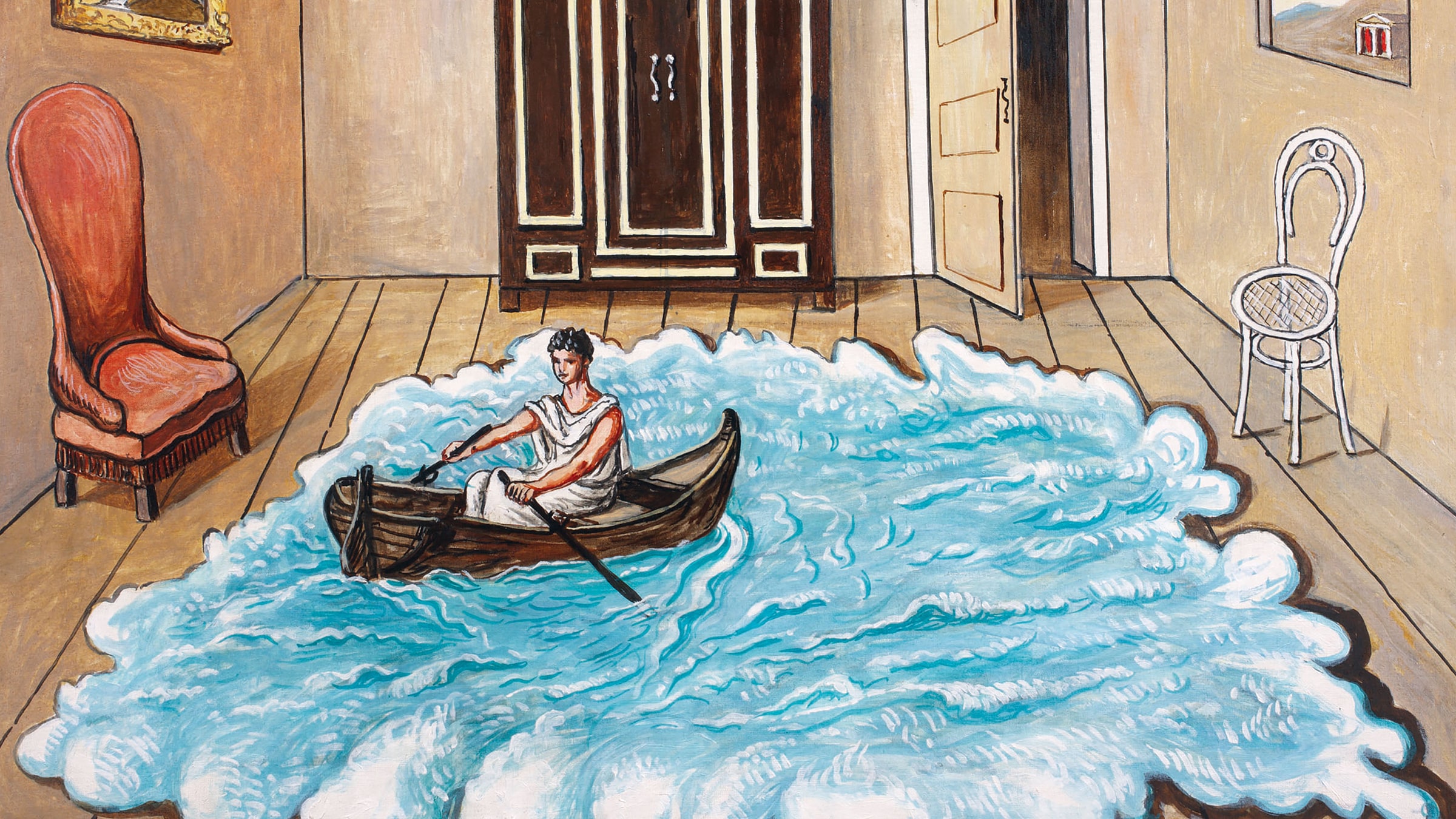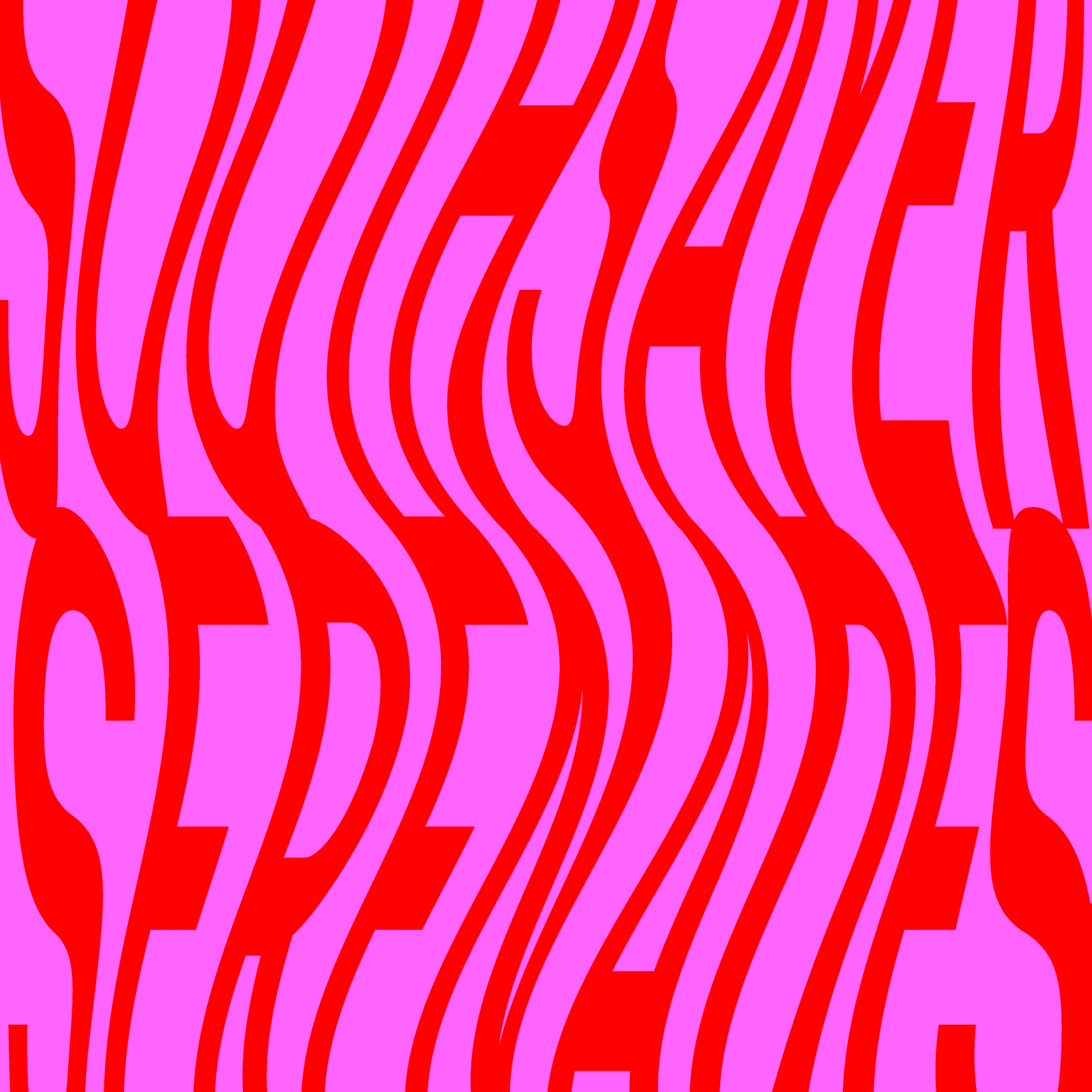Curator in Conversation
February 24, 2016 / 18:30
Fabio Benzi, curator of “Giorgio de Chirico: The Enigma of the World” exhibition will take a closer look into Giorgio de Chirico, a pioneer of the metaphysical art movement and one of the most extraordinary artists of the 20th century.
About Fabio Benzi
Born in 1958, Rome, Fabio Benzi is a professor of Contemporary Art History at the Gabriele D'Annunzio University of Chieti Pescara. Benzi’s research focuses on the art of 19. Century’s second half and 20th Century, especially with major movements such as Art Nouveau, Art Déco, Futurism and Valori Plastici. His publications include: Liberty e Déco.Cinquant'anni di stile italiano 1890-1940 (2007), Futurismo (2007), Arte in Italia tra due guerre (2013). Curated the exhibitions Le Scuole Romane (Galleria Comunale d'Arte Moderna, Verona 1988), Giorgio de Chirico (Palazzo delle Esposizioni, Roma 1992), Art in Italy from Symbolism to Scuola Romana (European Academy for the Arts, London 1996-1997), Futurism 1909-1944 (Guggenheim Museum New York, 2014). Between 1992 -1993 he was a member of the scientific commission of Giorgio and Isa de Chirico Foundation, and between 1992-2001 he directed Galleria Comunale d'Arte Moderna di Anticoli.
Free of admissions, limited seats.
Conference is in Italian with Turkish consecutive translation.
Temporary Exhibition
Pera Museum proudly presented an exhibition of Giorgio de Chirico, a pioneer of the metaphysical art movement and one of the most extraordinary artists of the 20th century.
Click for more information about the exhibition.


Today we are thrilled to present the third playlist of Amrita Hepi’s Soothsayer Serenades series as part of the Notes for Tomorrow exhibition. The playlist titled Serenades to the Sun is presented by Kornelia Binicewiczon Pera Museum’s Spotify account.
Tuesday - Saturday 10:00 - 19:00
Friday 10:00 - 22:00
Sunday 12:00 - 18:00
The museum is closed on Mondays.
On Wednesdays, the students can
visit the museum free of admission.
Full ticket: 300 TL
Discounted: 150 TL
Groups: 200 TL (minimum 10 people)